The question of brands "getting it" seems to be THE hot topic of every social media conversation, article and breakfast brainstorm. Conference room after conference room are often filled with marketing and public relations professionals whispering about which competitor is doing what, how much they're spending, and what they can do to be ranked in the next L2 index.
When we launched DBA, Pinterest, Instagram, Google +, Pose and The Fancy weren't even in existence. And with every social media expert making 2013 predictions on the next big thing, some brands are holding their breaths while others are diving head-first into the social media pool, hanging on for dear life to both their budgets and resources while trying to navigate the many platforms that continue to emerge.
I am not going to add more speculation to this expected social media shift, but I do have perspective on things to do NOW:
Think bigger: It's fine to compare yourself to your competitor, but look beyond your industry to determine how a great vision or campaign can be translated to fit your brand's specific needs. For example, major corporate entities like Disney and Kellogg proved to be serious power players in the social media space in 2012 due to their ability to create innovative content while at the same time engaging with fans and followers in a way that felt organic and held true to their consumer roots.
One size doesn't fit all: Pinterest may be the "It girl" for some brands, Facebook may be a driver of sales for others and Twitter and Instagram could quite possibly be the most talked about way to target the oh-so-coveted 18-25 demo, but that doesn't necessarily mean you need to be on EVERY platform to have the strongest reach or impact with your consumer audience.
Understand the differences between own, earned, paid and social and find the best mix for you brand. Balancing a plethora of platforms is essential in creating a comprehensive digital marketing strategy. Test and learn from your own media mix and reshape your spending, resources and commitment to each platform. Sephora is a great point of reference. While much has been made about the beauty retailer's recent launch of their mobile app and their strong presence on Facebook and YouTube, their social impact across Twitter, Pinterest and Instagram has been a slow and steady (suggesting a realistic understanding that it takes time to master and harness each platform to suit the needs of both the brand and its consumer base).
Redefine the idea of ROI: What is a ROI anyway? Say your social media campaign gets 15 million impressions, your peer's campaign got 25 million and then you heard that another company walked away with a cool 75 million. Now what? A number is still just a number unless you can attach a causal reaction as a true measurable benchmark. Did sales increase, did ecommerce double traffic and time on site, and was your mobile app downloaded more? The importance of "the impression" and its expected impact will change and evolve over time alongside the social media platforms in which it's measured against. Instead of spending so much time comparing whose impressions are bigger, look at what success means for your brand and create the proper metrics to measure it against.
Step away from the storefront: Brands are investing millions in brick and mortar expansions and renovations, yet their website links don't work, their social media feeds haven't been updated in weeks and there's a lack of urgency when it comes to optimizing their e-commerce portals so they're mobile friendly. The true growth opportunity in 2013 is ecommerce -- and that's one prediction most social media experts all readily agree with. Mobile has and will continue to change the rules of digital marketing space as well as the way consumers shop online. Tablets, iPhones, and wearable technology will also begin to redefine the online shopping experience while also driving engagement and building customer.
Moving forward, social media will force us to think differently as retailers and marketers, make deeper connections with consumers and ultimately be more consciously aware of our world and the universe around us. Prioritize your digital efforts, provide added value to your fans and followers and don't be afraid to go beyond what you know.
If you happen to be in Vegas on January 7, head over to the Business Next Conference, where Marcy Massura, Jas Dhillon and I will dive deeper into digital marketing and the discussion of who gets it and who doesn't!
This post is part of a series co-produced by The Huffington Post and Blogworld, in conjunction with the latter's NMX BusinessNext Social 2013. That event will feature some of the world's leading social-business luminaries and influencers, each of whom will be speaking at the event to provide an up-close look at how the world's most successful businesses harness the power of social.
